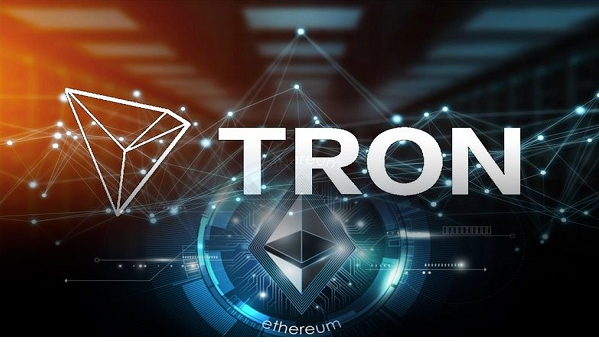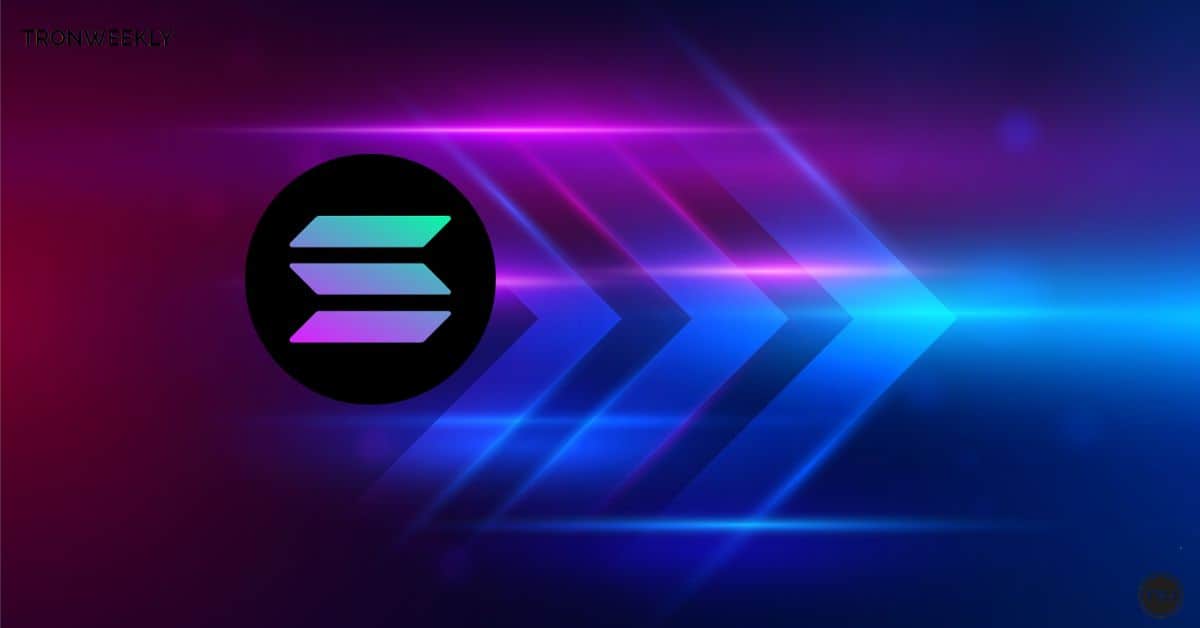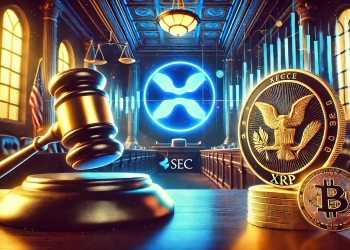TRON and Solana have surged ahead, each achieving an impressive 2.1 million daily active addresses. This remarkable milestone highlights their growing dominance and adoption in decentralised networks.
The Rise of TRON and Solana
TRON and Solana have seen significant growth in recent months, driven by their robust ecosystems and innovative technologies. TRON, known for its high throughput and low transaction costs, has become a go-to platform for decentralized applications (dApps) and smart contracts. Its founder, Justin Sun, has been a vocal advocate for blockchain technology, further propelling TRON’s popularity.
Solana, on the other hand, has gained traction due to its lightning-fast transaction speeds and scalability. With a focus on high-performance blockchain solutions, Solana has attracted numerous projects and developers looking to build on a platform that can handle high volumes of transactions efficiently. The network’s ability to process up to 65,000 transactions per second has made it a favorite among developers and users alike.
NEAR and MATIC: Strong Contenders in the Race
While TRON and Solana lead the pack, NEAR Protocol and Polygon (MATIC) are not far behind. NEAR has recorded 1.8 million daily active addresses, showcasing its growing user base and the success of its developer-friendly platform. NEAR’s focus on usability and scalability has made it a popular choice for developers looking to create dApps and integrate blockchain technology into their solutions.
Polygon (MATIC), with 1.4 million daily active addresses, continues to solidify its position as a leading layer-2 scaling solution for Ethereum. By providing faster and cheaper transactions, Polygon has become an essential component of the Ethereum ecosystem, enabling developers to build and deploy scalable dApps with ease.

The Bigger Picture: 11.1 Million Active Addresses Across Major Chains
The combined total of daily active addresses across all major blockchain networks stands at an impressive 11.1 million. This number reflects the growing adoption and integration of blockchain technology into various sectors, from finance and gaming to supply chain management and beyond. The increasing number of active users is a testament to the versatility and potential of blockchain technology to revolutionize multiple industries.
The Implications of Growing User Adoption
The rise in daily active addresses across these blockchain networks indicates a healthy and expanding ecosystem. This growth presents numerous opportunities for investors to participate in the blockchain revolution. As more users engage with decentralized platforms, the demand for native tokens like TRON (TRX), Solana (SOL), NEAR (NEAR), and Polygon (MATIC) is likely to increase, potentially driving up their value.
Developers, too, stand to benefit from the growing user base. A larger audience means greater visibility and potential adoption of their dApps and solutions. This environment fosters innovation and competition, driving the development of more sophisticated and user-friendly applications.

Challenges and the Road Ahead
Despite its promising growth, the blockchain industry faces several challenges. Scalability, security, and regulatory compliance remain critical issues that need to be addressed. As networks grow, it is paramount to ensure that they can handle increased transaction volumes without compromising security or decentralization.
Regulatory uncertainty is another significant hurdle. Governments and regulatory bodies worldwide are still grappling with how to classify and regulate cryptocurrencies and blockchain technology. Clear and consistent regulations are necessary to provide a stable environment for growth and innovation.
Conclusion: A Promising Future for Blockchain Technology
The competition among TRON, Solana, NEAR, and Polygon highlights the dynamic and rapidly evolving nature of the blockchain industry. As these networks continue to grow and attract more users, the potential for blockchain technology to disrupt traditional industries becomes increasingly evident.
With 11.1 million daily active addresses across major chains, the future of blockchain technology looks bright. As developers and users continue exploring the possibilities, we expect to see even more innovative solutions and applications emerge. The blockchain battle is far from over, but one thing is certain: TRON and Solana have set a high bar, and the race to the top is more exciting than ever. Stay tuned for more updates on this evolving story on the Turkish NY Radio.
















































































![BitTorrent [New]](https://s2.coinmarketcap.com/static/img/coins/64x64/16086.png)




























